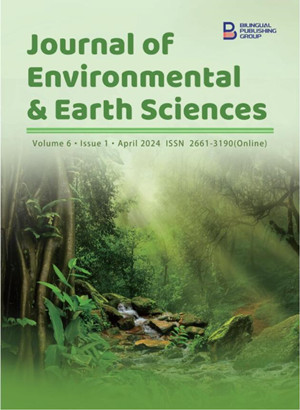Collaboration between Journal of Environmental & Earth Sciences and International Conference on "AI and Inverse Problems: From Energy to Ecology" (October 10–11, 2025)
2025-09-04








 Yara Yasser Elborolosy
Yara Yasser Elborolosy







